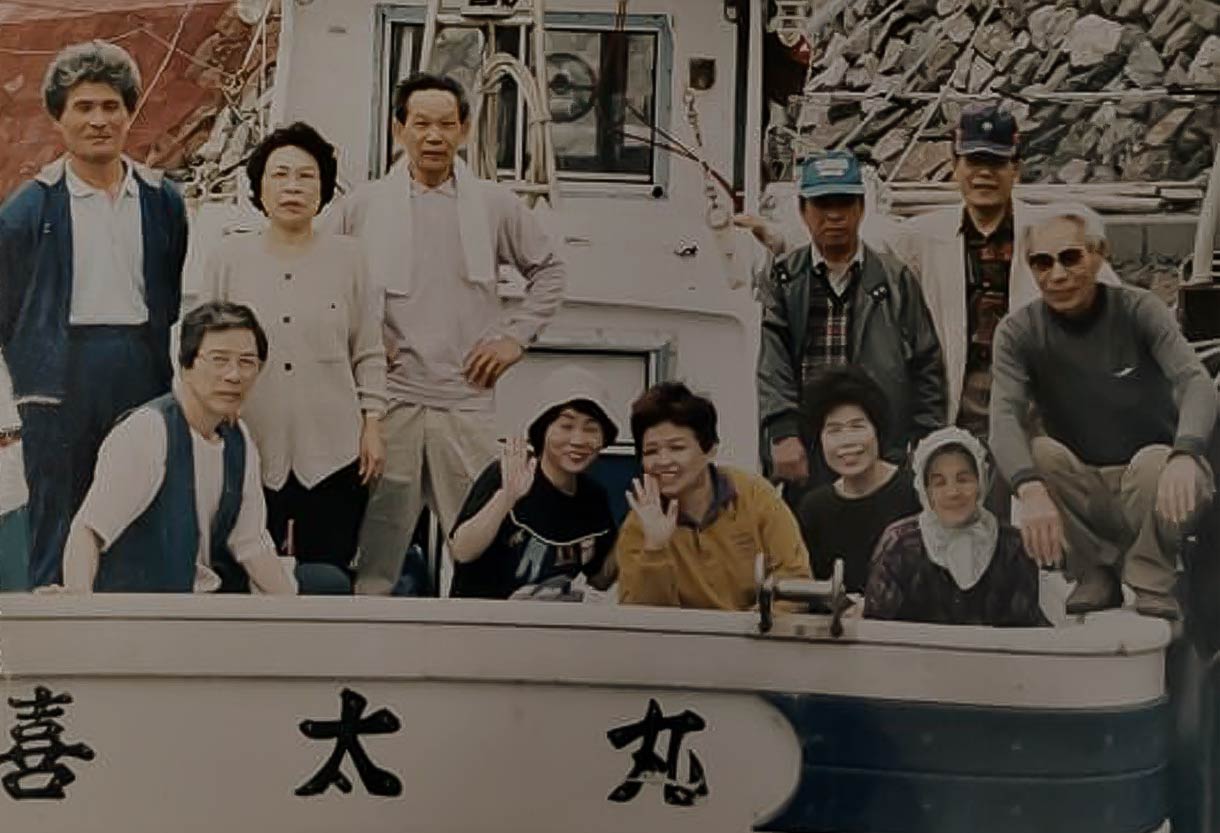Keeps freshness of sea bream and keeps you healthy with the power of sesamin
Akasaka Fisheries's "Hakuju Madai"
This sea bream, with low fat, high protein and low risk of both allergies and food poisoning could be safely eaten by small children and the elderly as well.
At Akasaka Fisheries, we cultivate sea bream with our own feed mixed with white sesame. In this way, grown Madai contains sesamin in its meat and keeps freshness and good taste and also keeps health of the customers. We named our sea bream “Hakuju Madai” in hopes that the people who have eaten it in the future will be healthy for years to come.
Madai for the next generation, which has accumulated the power of Sesamin
Madai is white meat fish, but contains lots of EPA and DHA. EPA and DHA are expected to be effective in reducing the risk of cardiovascular disease and reducing neutral fat in blood, as well as developing and maintaining brain and nervous tissue. However, EPA and DHA have a weak point of being easily oxidized. Therefore, it is recommended that fish be eaten with foods that have high antioxidant activity. We are using the original feed with white sesame developed by Chūbu Feed Co., Ltd., and confirmed that sesamin is stored in the grown fish. Sesamin is known for its highly antioxidant component. The sesamin that is accumulated in the meat of Hakuju Madai keeps the freshness and eventually keeps your health.
Shipping all the fish alive, and finishing them with specific skill (Ikejime)
For transportation of fish, there are three methods: carrying dead fish (Nojime-shipping), carrying fish killed at the production area (Shime-shipping), and carrying live fish in a truck equipped with the seawater tank (Live fish-shipping). Live fish-shipping costs a lot because it needs to carry the seawater, but it keeps fish extremely fresh. As for the Hakuju Madai, Akasaka Fisheries delivers all of them alive to consumption areas. Furthermore, at the each area, a large consignee who handles tens of thousands of tons of fish a year, or a processing company, quickly and accurately treat them by the specific skill of Ikejime. For this distribution, Hakuju Madai can be sold at market in the freshest condition.
Freshness lasts long after the finishing
As for Hakuju Madai, we have confirmed that changes in meat fluid (drip) and meat quality (texture) are smaller than those grown with common feed after the finishing. And you can eat deliciously even after days have passed. We assume this is due to the fact that the proportion of water in the meat is small.
Comparison of drip
left Hakuju Madai right Madai grown with ordinary feed
Excellent efficacy of Madai
Safe for both children and the elderly
Compared with bluefish, it contains less histidine, source of allergy and less parasitism of Anisakis causing food poisoning, also because of its low lipid and high protein content, it can be safely eaten by small children and elderly people.
High quality protein and vitamins
Madai is a white fish that contains umami components, glutamic and inosinic acid, and a large amount of amino acid, taurine. It also contains various types of vitamins that are essential to good physical condition and life activities.
Also rich in EPA and DHA
Madai is not a blue fish, but it is also rich in unsaturated fatty acid EPA and DHA. In addition, cultured madai that stores fat contains 1.7 times more unsaturated fatty acids than natural madai.
Create strong, healthy teeth and bones with phosphorus
Madai also contains phosphorus, a type of mineral. Phosphorus combines with calcium and magnesium to make healthy teeth and bones.
Michelin Guide Ehime 2018, Special Edition Michelin Plate Restaurant
Sushi & Fresh fish cuisine Izumiya
Owner-chef: Mr. Utsunomiya
Founded 45 years ago. The owner-chef of a long-established sushi restaurant "Izumiya" in Mikame.
Our restaurant had an idea of "negative for cultured fish" and used them only the occasions we could not get enough natural ones until recent years. In particular, not only the taste but also the color and the texture of the cultured sea bream changed when left for a day, which was the reason for sushi restaurant not to use them.
However, about a year ago, I had an opportunity to handle “Hakuju Madai” from Akasaka Fisheries, and since then I changed my mind.
Hakuju Madai keeps its freshness and texture for a couple of days, has no oily taste or smell which are peculiar to cultured fish. I do not know in detail, but is it because they are kneading the white sesame into the feed?
Some of the regulars who were fond of natural ones said that Hakuju Madai is wonderful in sweetness and texture, and eventually prefer Hakuju Madai.
I will cherish and use "Hakuju Madai", which is carefully grown by Akasaka Fisheries in the sea of Mikame.



